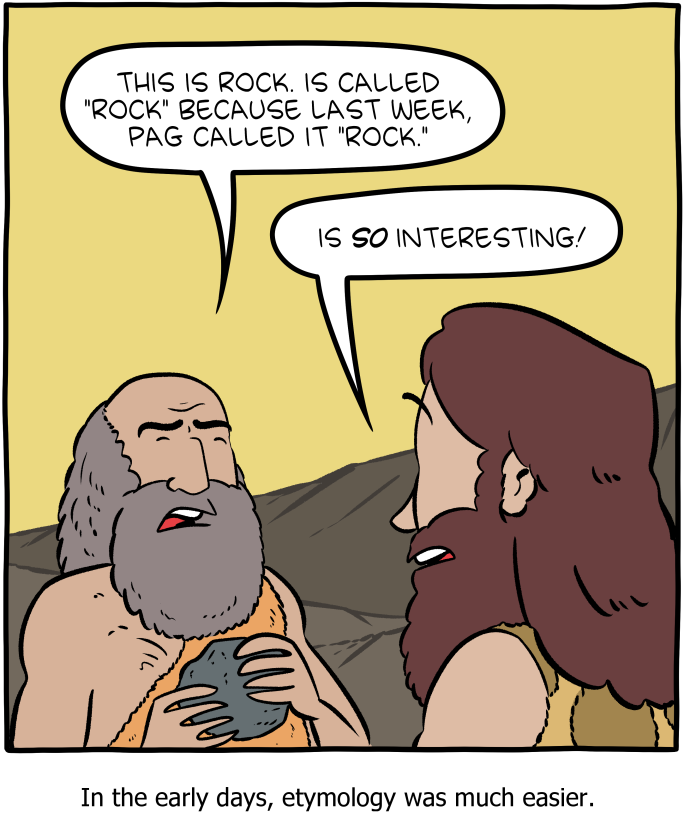"Geda", part 3
Earlier this week (11/12/18), under the rubric "Of knots, pimples, and Sinitic reconstructions", we discussed the origins and meaning of the fascinating Sinitic word "geda" ("pimple; knot; lump"). That, in turn, was prompted by our initial acquaintance with "geda" in "Too hard to translate soup" a couple of months before (9/2/18). After considering a possible source in Indo-European, Turkic, Tungusic, and Mongolic, there seemed to be a bit of momentum in favor of the last named family.
Since "geda" first appeared in a significantly large number of citations in written Sinitic during the Mongol Yuan Dynasty (1271-1368) about a thousand years ago, it was thought advisable to look at an earlier stage of Mongolic rather than simply referring to modern Mongolian forms. So I thought of asking Daniel Kane, a rare specialist in Khitan, which is generally considered to be a Para-Mongolic language, whether he had any thoughts on the matter.
Read the rest of this entry »



